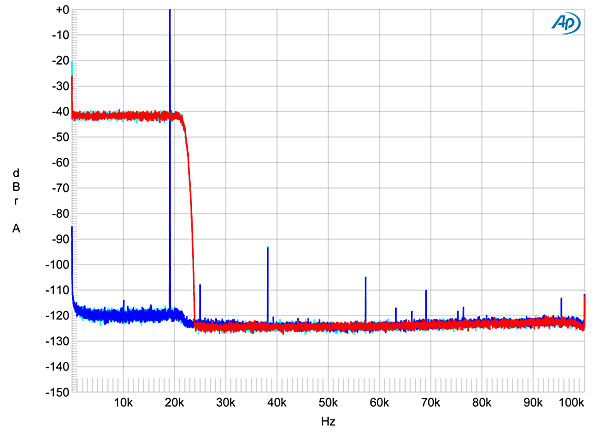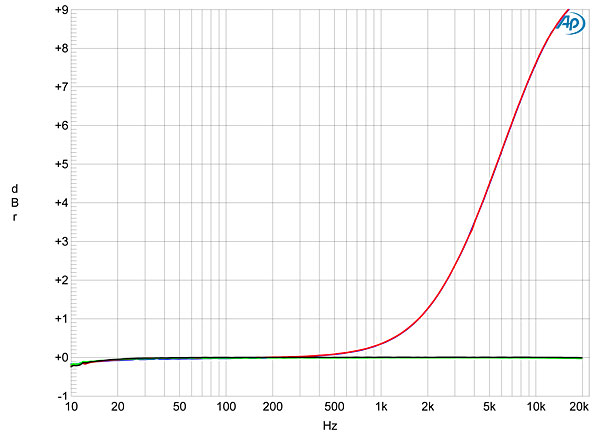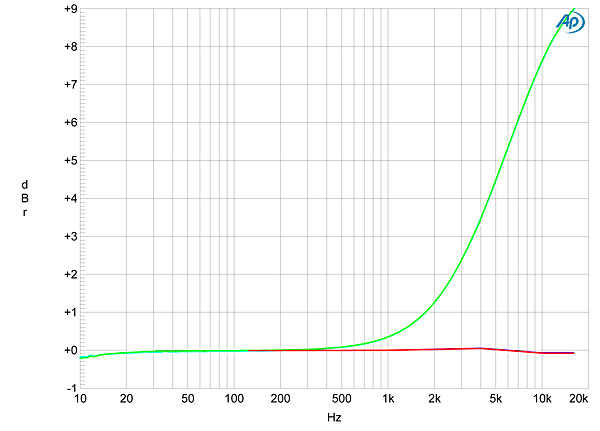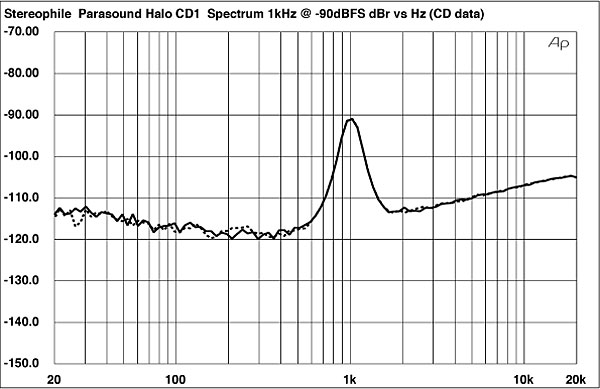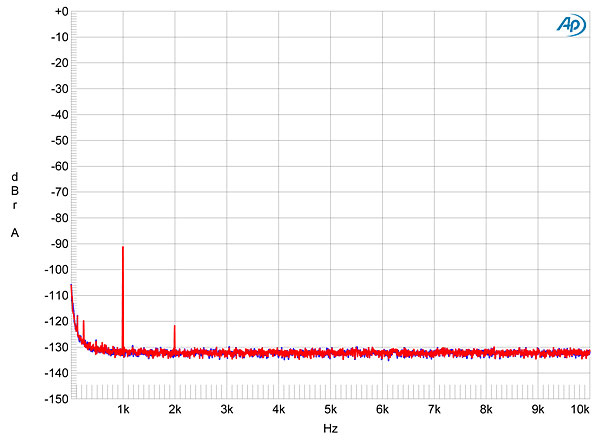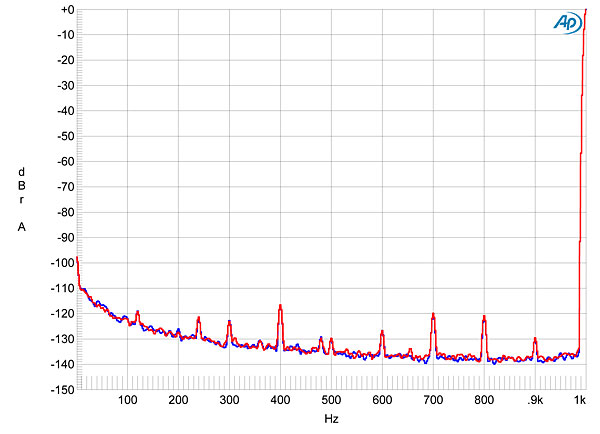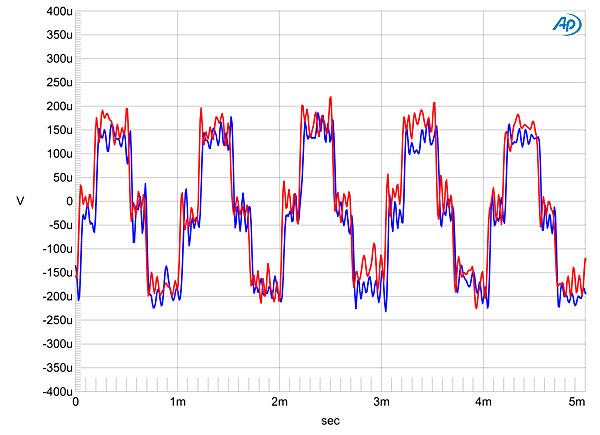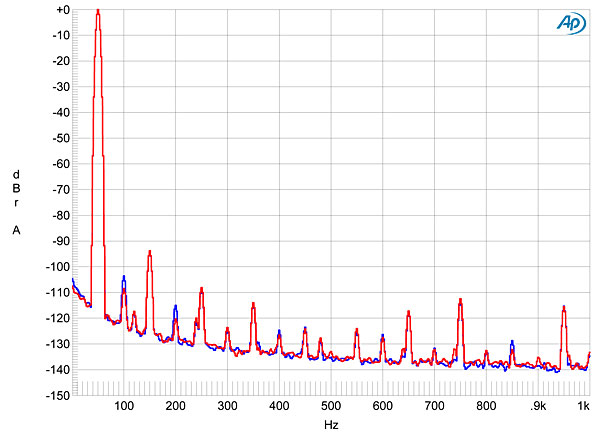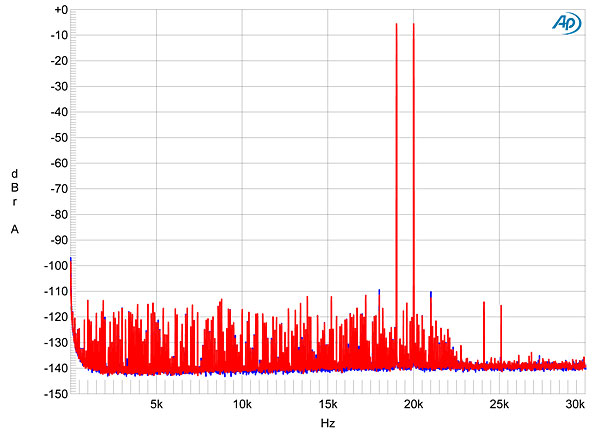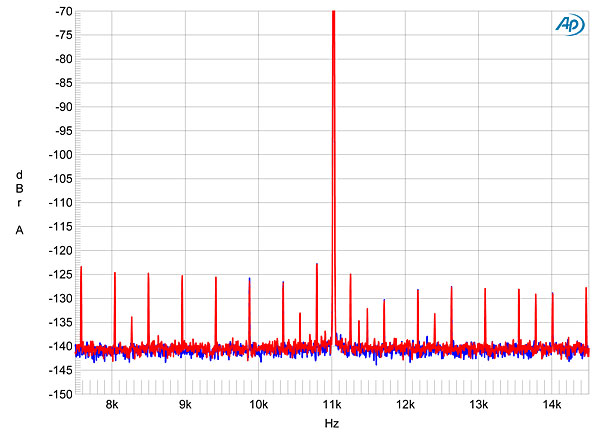| Columns Retired Columns & Blogs |
I get that there are people out there who only listen to CD's and will never go down the computer route but to limit yourself as a manufacturer at this price point and not inlcude any digital inputs seems limiting to customers who might want to purchase it and have the option down the line of using a digital input. Just sayin'
